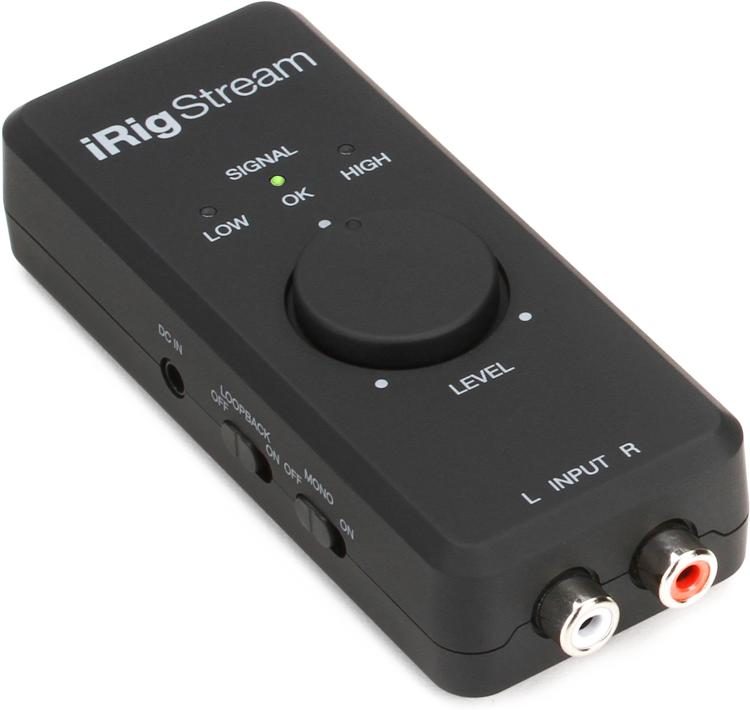

I hear a constant high-pitched background noise in my Behringer monitors, as well as cpu noises when I move my mouse etc. And also their high sampling rates, bit depths, and high-quality clocks make the A/D D/A conversion very transparent as if there’s nothing in between your guitar and computer.I recently got an Acer Aspire desktop, and am having issues using it with my M-Audio M-Tack usb interface. So, an audio interface acts like an amp for guitars, a pre- amp for microphones that a regular onboard sound card could never achieve. Some microphones need an extra power supply called phantom power to operate. Similarly, a microphone also needs a pre- amp. It has high enough impedance (1M ohm) to load the guitar pickups. These mic and instrument inputs have some important specs that set aside them from regular onboard sound cards.Īn instrument input consists of an instrument pre- amp inside the unit. Then using a host program like Cubase or ProTools, you can open up some amp/cab simulation plugins and play through your computer as if it is a tube amp. If you’re a guitar player, you can plug your guitar into the interface directly. It is often clearly visible on the front side of the interface. Whereas instruments use TS connectors, similar to TRS (headphone jack) but TRS has 1 more cable inside. Microphone input and instrument input.Ī microphone input is different than an instrument input. If you’re a singer-songwriter, that much ins and outs are clearly pointless.

#Android usb audio interface full#
Because you are going to record a full drum set and it takes at least 4 microphones. If you’re a studio owner, you might find it useful to have an interface Some have only analog inputs and some have both analog and digital.Ĭhoosing the interface depends on your purpose. Some have 2 inputs and outputs, some have 28. There are different forms and kinds of interfaces according to their needs. This process called “Analog/Digital – Digital/Analog conversion” or simply A/D D/A. The interface takes these numbers and generates an electrical signal according to the size of the number. At the same time, the computer sends numbers to the interface.

That’s where the audio interface comes in.Īn audio interface takes the analog signal, samples it periodically, gives a number to every sample according to their amplitude and sends this number to the computer. Something has to convert analog signals into digital data so that computers operate.

But this is an analog signal.Ĭomputers process the data digitally. This transformation is microphones’ or electric guitar pickups’ job. It needs to be transformed into an electrical signal in order to be recorded. The sound as we hear it, is a physical phenomenon. The audio interface is the bridge between the analog world and the digital world. So, what does it do? Do you really need one? Anyone can record his/her idea in just a few minutes to a computer, using an “Audio Interface”. As technology advances, making records gets easier. Recording on a computer or a digital system is a standard for a while instead of recording on a tape.


 0 kommentar(er)
0 kommentar(er)
